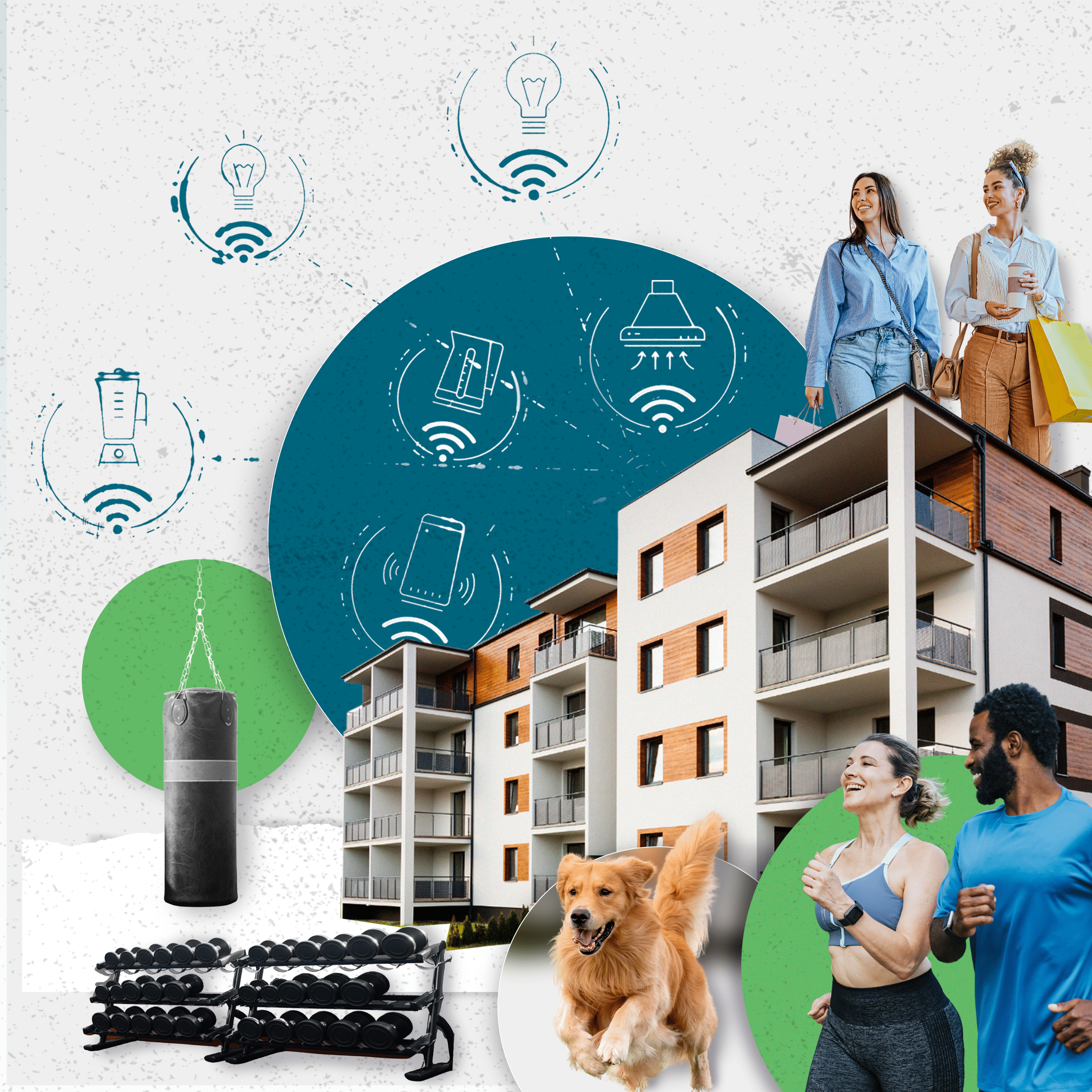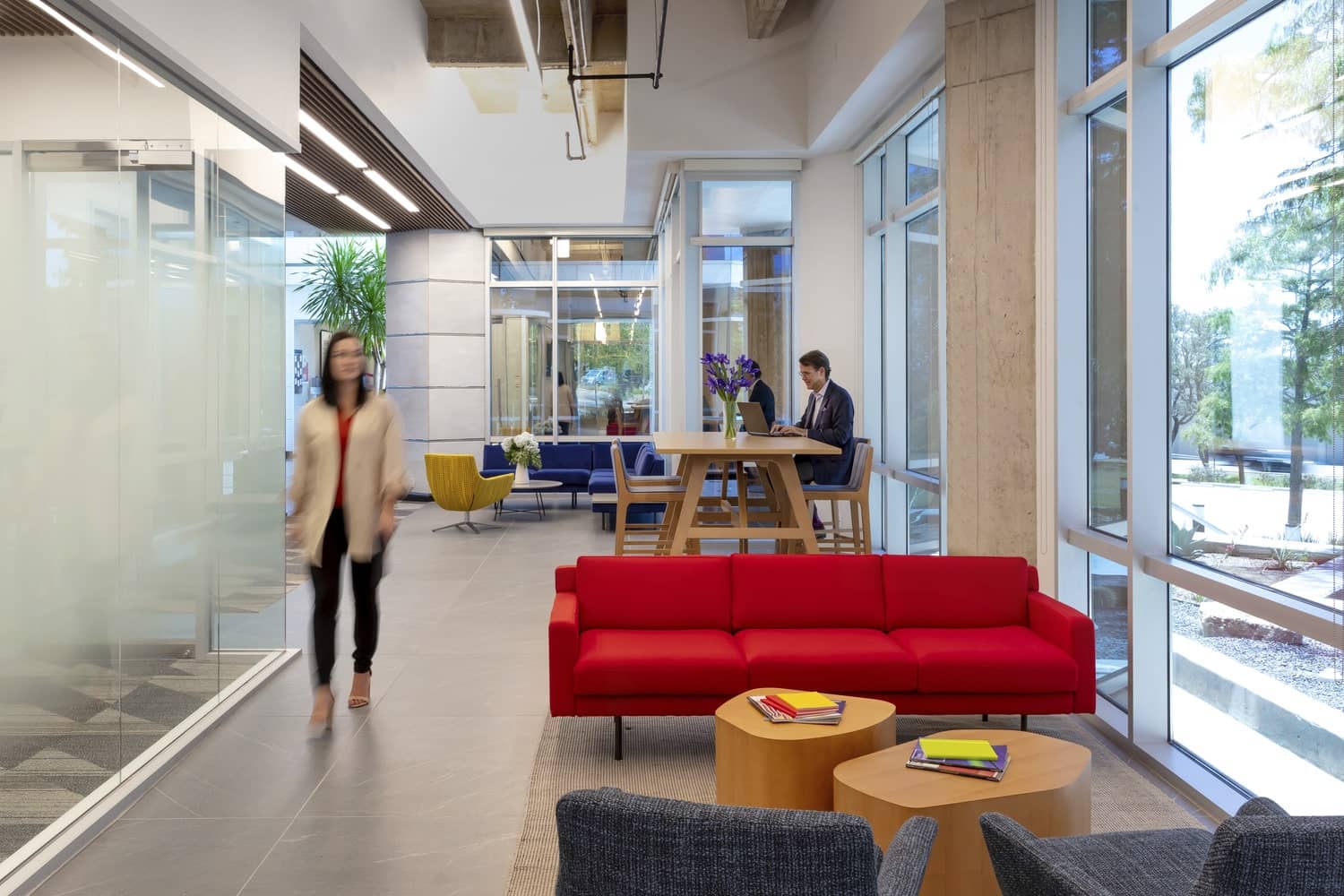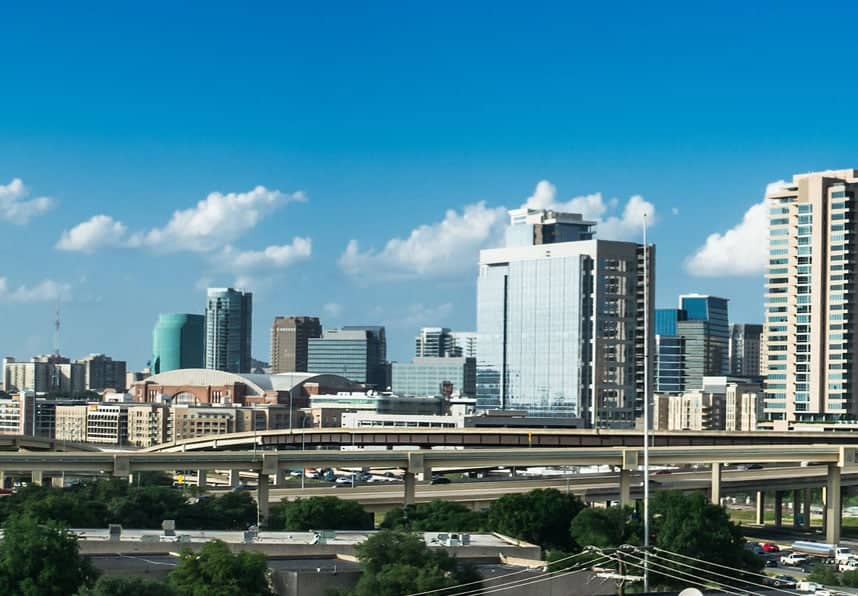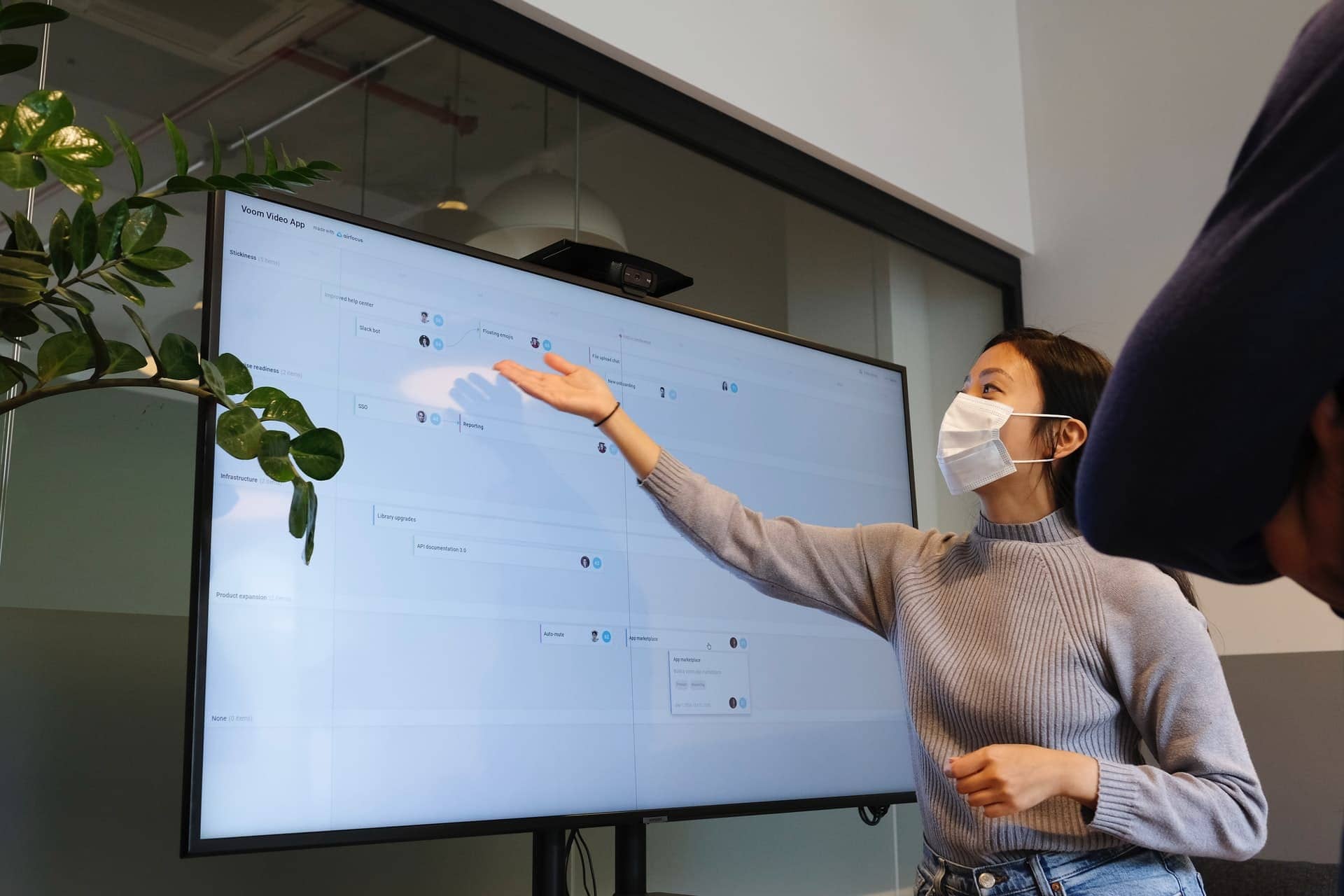When it comes to multifamily commercial real estate (CRE), creating the best possible living experience has become a key differentiator. Gone are the days when simple necessities sufficed. Today, people expect more from their living spaces than ever before, and property owners/operators need to keep pace with those expectations — employing quality-of-life strategies that give people reason to stay or select where they reside. In short, it’s what KBS CEO and Eastern regional president, Marc DeLuca, described as a “flight to quality” — a scenario he applied to other CRE sectors.
In this article, we’ll touch on ways in which multifamily building owners/operators are making the case that amenities, sustainability practices, technology, and good old-fashion customer service, are what discerning people want.
MODERN AMENITIES THAT ENHANCE TENANT EXPERIENCE
Providing a range of modern amenities is key to standing out in a crowded market. Tenants expect more than just functional living spaces; they seek environments that enhance their quality of life.
- Fitness and Wellness Facilities: Fitness centers and wellness features have become essential in attracting health-conscious tenants. State-of-the-art gyms, yoga studios, and spaces offering meditation or spa services are becoming exponentially more popular.
- Co-Working Spaces and Business Centers: The rise of remote work has led to an increasing demand for co-working areas. Properties are catering to this need by providing professional environments with high-speed internet, meeting rooms, and dedicated co-working spaces.
- Social and Recreational Venues: Tenants are drawn to communal spaces such as rooftop lounges, outdoor grilling areas, and game rooms. These amenities foster a sense of community and offer a relaxed setting for socialization.
- Proximity to Retail, Dining and Entertainment: People seek multifamily communities where the opportunity to live, work, and play is at their disposal. When shopping, restaurants, and entertainment venues are all minutes away — or better yet, within walking distance — the tenant enjoys a more wholistic and fulfilled lifestyle.
- Pet-Friendly Features: With more tenants owning pets, buildings offering dog parks, pet washing stations, and pet-sitting services are in high demand. Pet-friendly environments also increase tenant retention.
A good example of these trends is KBS’ Park Central Apartments in Raleigh, North Carolina. The property offers high-end amenities like community-wide internet access; a second-floor terrace that invites residents to gather; an eighth-floor sky lounge with indoor/outdoor bar and sky deck with saltwater pool; a nearby dog park; and, directly adjacent, a fantastic gathering spot and outdoor mixed-use plaza, Midtown Park, which offers more than 450 events each year and an amphitheater for concerts.
SUSTAINABLE, GREEN LIVING
Sustainability is no longer a luxury — it’s a necessity. Eco-conscious tenants expect their living spaces to be environmentally sound, providing comfort and efficiency.
- Energy Efficiency: Smart home technologies such as energy-efficient HVAC systems, LED lighting, and smart thermostats are becoming the norm. Properties with LEED or ENERGY STAR certifications are more attractive to eco-conscious renters.
- Waste Reduction and Recycling: Effective recycling programs and waste management systems are crucial to appealing to green-minded tenants. Composting services and easy-to-access recycling stations are becoming standard.
- Green Spaces: Incorporating natural elements such as rooftop gardens or landscaped courtyards connects residents to nature, enhancing their well-being while boosting the aesthetic and marketability of properties.
EMBRACING TECHNOLOGICAL CONVENIENCES
Tech-savvy tenants expect seamless, technology-integrated living environments. And property owners/operators must keep pace to meet this demand.
- Smart Home Features: Smart locks, thermostats, and lighting are becoming highly sought-after features, which enable tenants to control of their living environment remotely through apps.
- Mobile Apps for Property Management: Many properties now offer mobile apps that allow tenants to pay rent, submit maintenance requests, and communicate with management seamlessly. These tech solutions streamline the living experience and make managing daily life easier.
BUILDING MAINTENANCE AND CUSTOMER SERVICE
Timely maintenance and exceptional customer service are non-negotiables for tenant satisfaction.
- Proactive Maintenance Programs: Regular, preventative maintenance — such as routine inspections and system upgrades — helps ensure that properties remain functional and attractive.
- Quick Response to Maintenance Requests: Tenants expect efficient resolution of their maintenance needs. Mobile apps that allow real-time tracking of requests can significantly improve satisfaction.
FOSTERING COMMUNITY
A strong sense of community is crucial for tenant retention. Properties that foster resident engagement through shared spaces and events create a lasting impact.
- Resident Events and Activities: Organizing events like community barbecues, fitness classes, or holiday parties promote tenant interaction and creates a sense of belonging.
- Online Community Platforms: Many properties use online platforms or social media groups to facilitate communication between tenants, especially in large communities where face-to-face interactions are limited.
CONCLUSION
In an increasingly competitive multifamily market, building owners/operators need to go above and beyond to attract and retain tenants. By offering modern amenities, prioritizing sustainability, embracing technology, and helping to fostering a sense of community, property owner or owner/operators can differentiate their properties for potential tenants while creating lasting satisfaction for current ones.
Learn more by visiting KBS.com/Insights.




